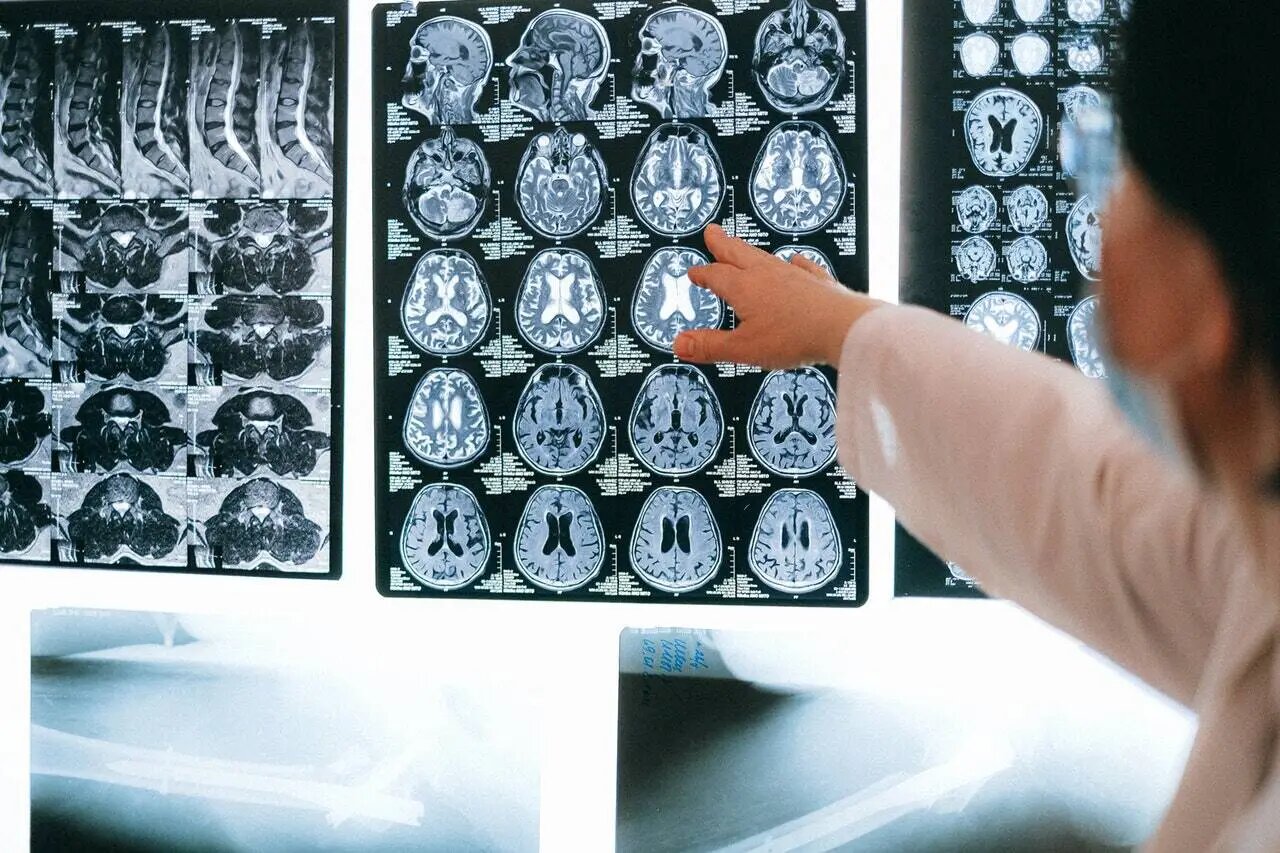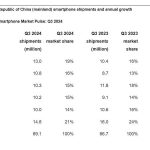According to Mehr news agency, quoting Tehran University, in this research, which was conducted in the form of the thesis of Iman Kianian, a master’s student in Computer Science, University of Tehran, under the guidance of Dr. Hadih Sajdi, a member of the Faculty of Mathematics, Statistics and Computer Science, University of Tehran, a method A new method has been introduced to estimate the biological age of the human brain, which can be an effective step in the early diagnosis of aging-related neurological diseases, such as Alzheimer’s and Parkinson’s.
Estimation of the biological age of the brain based on structural and functional characteristics is an efficient tool in evaluating the aging process of the brain and predicting cognitive changes. For this purpose, the brain should be fully and comprehensively investigated and its characteristics should be collected in the form of detailed data. Dr. Hadhih Sajdi, a member of the Faculty of Sciences of the University of Tehran, said about the new method designed to estimate the age of the human brain: “The model that was introduced in a recent study at the University of Tehran under the title of “Greedy Second Life Model” is based on machine learning and the use of images. MRI is designed and is able to obtain high accuracy in analyzing and estimating the age of the brain without the need for extensive and expensive data.
This computer science and artificial intelligence researcher said about the features of this innovative model: “The introduced model analyzes brain MRI images cross-sectionally using complex neural networks and deep learning algorithms. This model uses two paths for the simultaneous analysis of information: the local path that examines specific parts of the brain and the general path that uses a more comprehensive view for analysis. Then, the results obtained from both paths are processed by a special section for modification and final combination. Finally, this combined processing provides an accurate estimate of the biological age of the brain, which is very useful for rapid and accurate assessment of a person’s brain state and cognitive health.”
Kianian explained about the research process as follows: “One of the challenges in the process of this research has been the lack of access to a large MRI data set in Iran. While many advanced models in this field require extensive and diverse data for optimal performance, this model using limited internal data has been able to achieve comparable results to more complex models. The use of internal data has also enabled more accurate and realistic analyzes due to the specific biological and cultural characteristics of the Iranian nationality. This indicates the power of the model in adapting to local data and its efficiency in situations with limited data.
Kayanian said about other advantages of the introduced new method: “This model has a high processing speed and is able to detect the biological age of the brain in less than one second by receiving an MRI image. This speed is especially useful in clinical evaluations and rapid monitoring and can help doctors to more accurately assess the cognitive status of their patients and initiate the necessary preventive and therapeutic measures at the right time.
Dr. Sajdi said about the possibility of developing this model in the future: “The proposed method has the possibility of becoming a more comprehensive tool for predicting and analyzing the aging process of the brain. For example, as more data are collected and imaging technologies improve, advanced models can be developed that work with broader and more complex data and identify more precise patterns of brain aging. This technology can also be used as a tool for continuous monitoring of the brain’s condition and help doctors and researchers to understand the aging process of the brain at a macro level and over time.
In the end, the professor of Tehran University added about the use of intelligent models in medicine: “This new method not only helps doctors and researchers in the diagnosis and treatment of age-related diseases, but also by creating a scientific basis for the development of future technologies, paves the way for the emergence of tools It opens more advanced and cost-effective in the field of medicine. Investing in such models, in addition to improving the quality of life, can have positive effects on improving public health and reducing the financial burden of treating diseases related to brain aging.”
The results of this research have been published in an article entitled Brain age estimation with a greedy dual-stream model for limited datasets (here) by Elsevier in Neurocomputing.
RCO NEWS

















